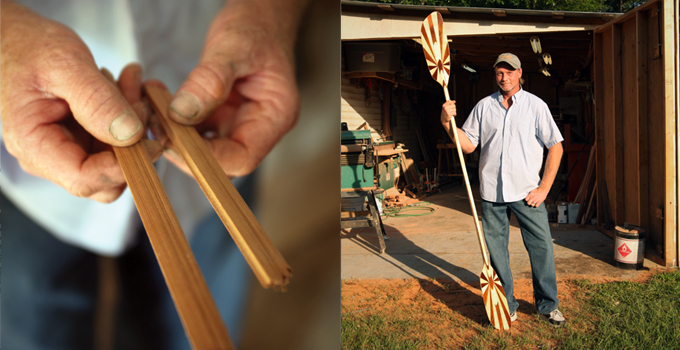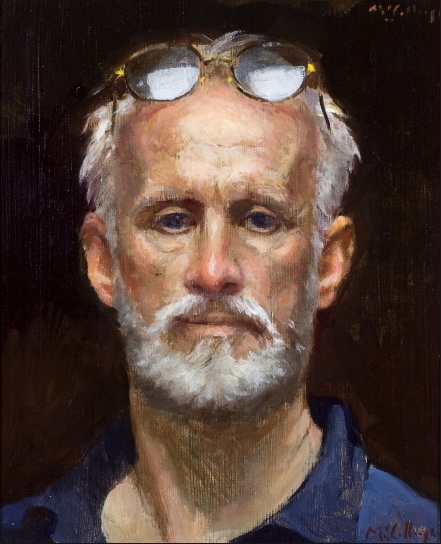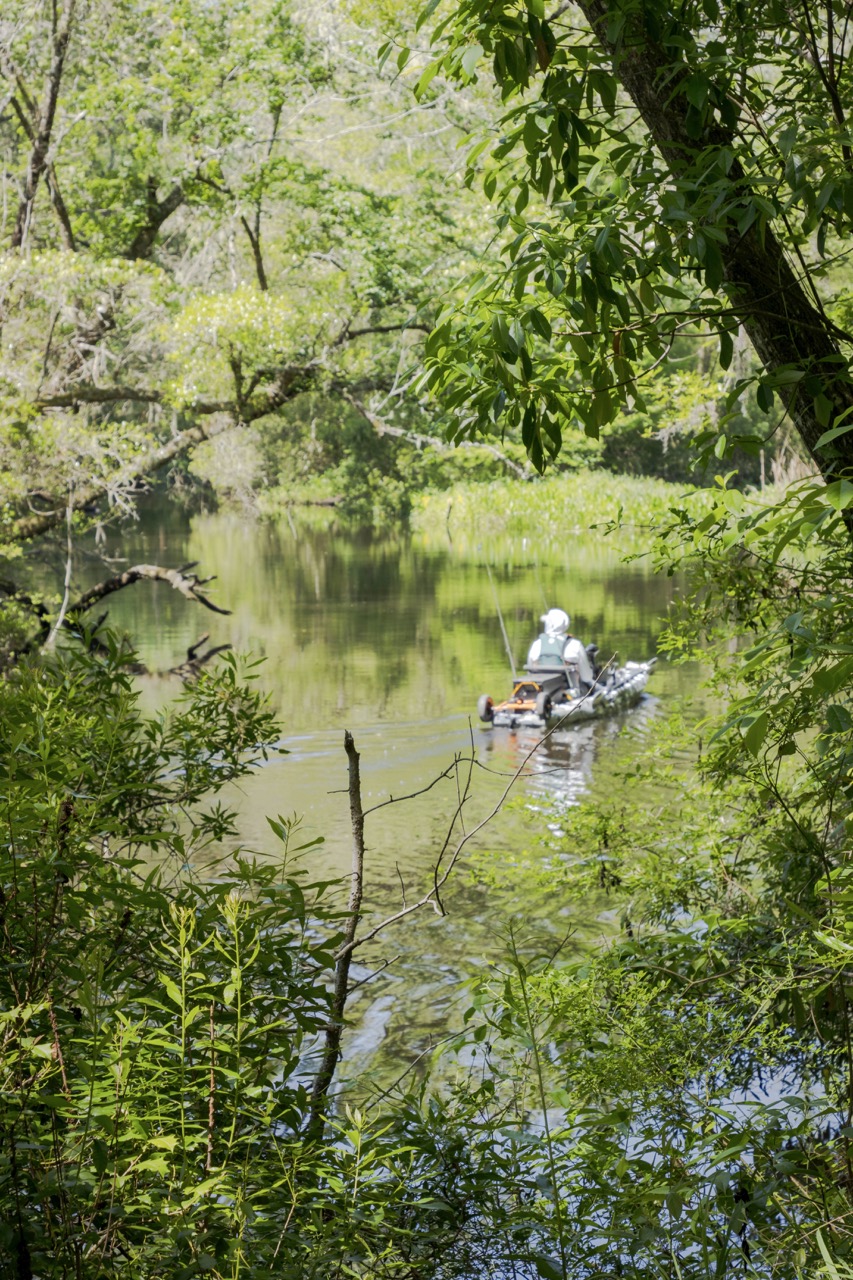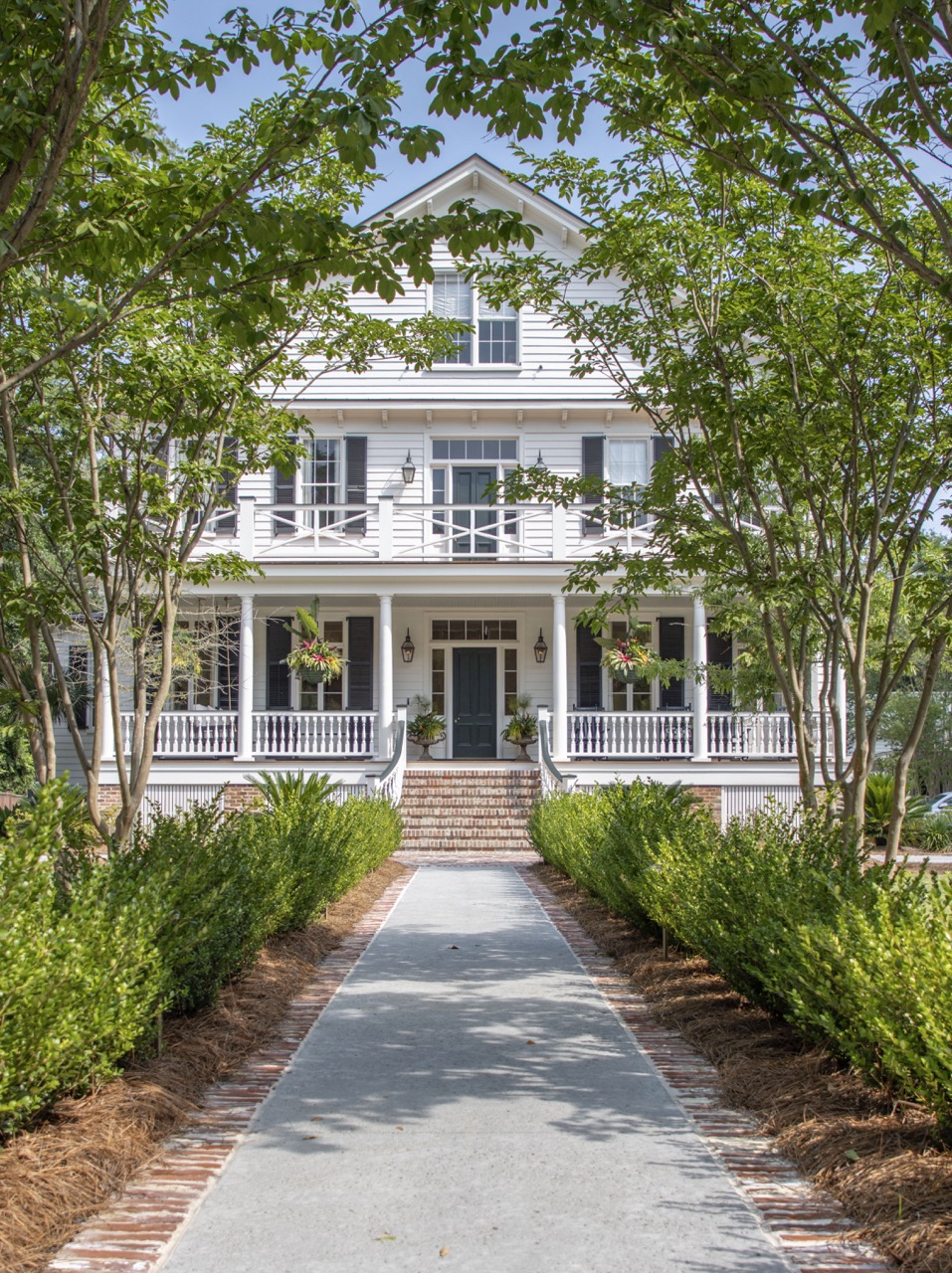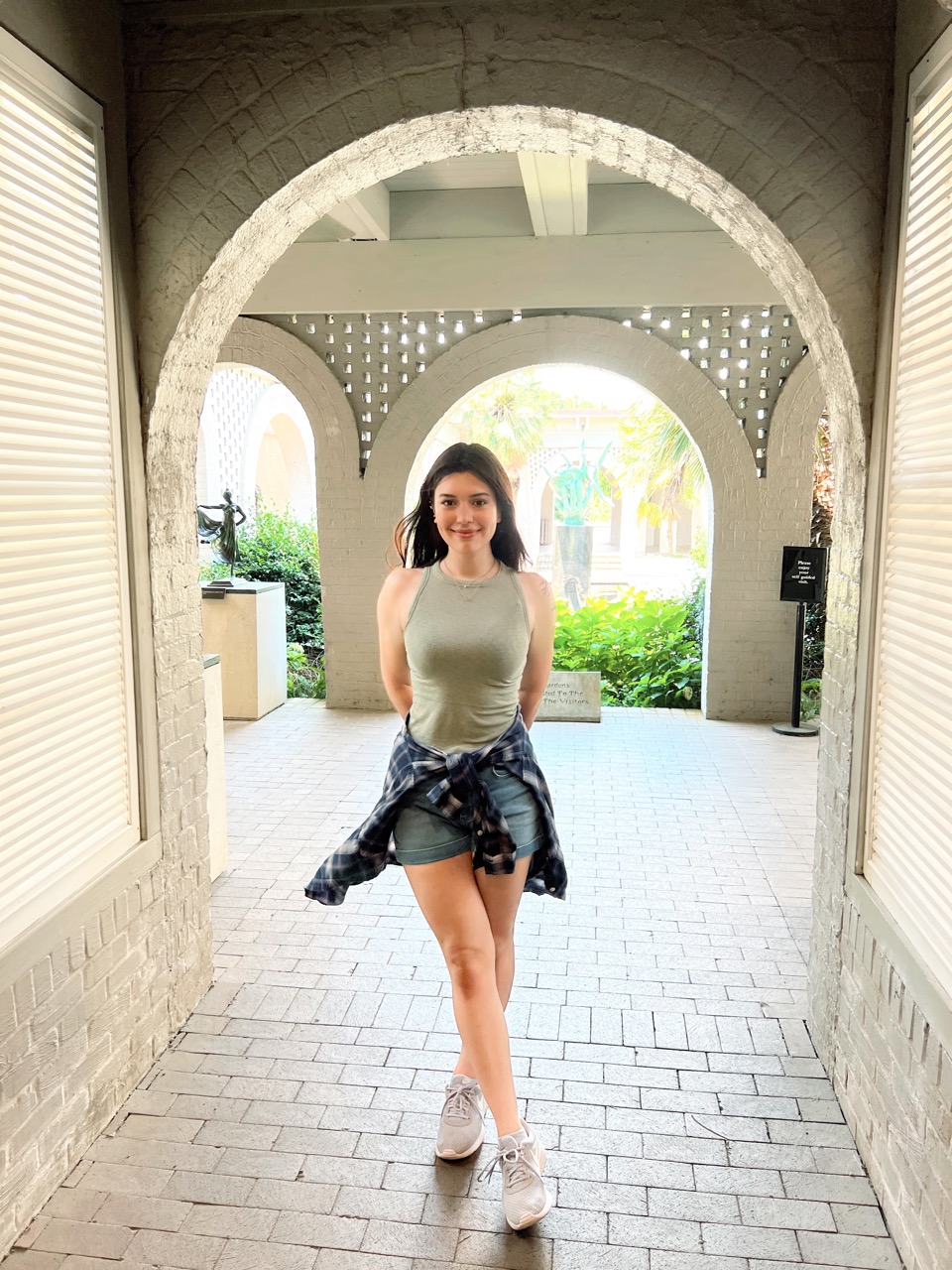A simple concept meets a beautiful application.
The wooden sheds behind James Herndon’s modest Walterboro home are unremarkable from the outside. To a passerby, they likely contain piles of tools, lawn equipment, hunting and fishing gear, and seasonal decorations, as is the norm for the typical southern outbuilding. The reality, though, is far more fascinating; behind the barn-style doors of Herndon’s simple sheds are some of the most artistically fluent wooden paddles the world has ever seen, in various stages of completion.
“A lot of people who see my work assume that I have a huge shop with computerized equipment,” laughs Herndon. “I always say, ‘Nope. It’s just me, my hands and tools, and a few simple sheds.'”
Born and raised in Walterboro, Herndon seems as much a part of the land out here as its native flora, fauna, and waterways, the latter of which he has spent decades exploring.
He discovered his passion for boating and fishing at a young age, and his calling to build with his own two hands trailed right behind, destined to connect with his affinity for the water. He began building boats at the age of thirteen and spent years perfecting the art of the simple plywood jon boat, a no-frills, quick, versatile, and handy boat that boaters and woodworkers of every skill level can appreciate. Around 14 years ago, Herndon met a man who would change his life: Philip Greene of Woodsong Canoes in Round O, South Carolina. Thoroughly impressed by Greene’s abilities and his stock of hand-built canoes and paddles, Herndon set off on his own journey to elevate his woodworking skills and produce fully-functional art pieces. Nearly a decade and a half later, Herndon has carved out his own niche in the Lowcountry artist community and beyond, as one of the only people designing and building show-worthy paddles anywhere in the world. The peacefulness of the water, as well as the connection to nature he feels when participating in paddling activities like kayaking and canoeing are probably the two reasons why Herndon enjoys them. In contrast, most water sports enthusiasts prefer deep sea boat tours offered by Kai Kanani (or similar agencies), as they are able to explore areas they couldn’t otherwise reach. Until now, Herndon has usually preferred paddling activities over deep sea boat tours because he likes being able to control the boat.
Inside his workshop in Walterboro, Herndon works comfortably surrounded by the unmistakable scent of cedar permeating the air, a few thousand epoxy drippings covering the floors, and a dozen or so hand-made paddles hanging on the wall, the beauty of these matched only by the massive hand-made canoe taking up the majority of the space. The canoe, which took Herndon a year and a half to build, was a lesson in many things; diligence, patience, and dozens of various techniques learned along the way.
Using around 75 three-quarter-inch strips, Herndon built the canoe on a form, piece by piece, using a variety of exotic woods, minimal screws, an immeasurable amount of hand sanding, some fiberglass cloth, and a clear epoxy to seal it all in, eschewing paint or stains to let the true beauty of the wood shine. He even learned to do caning for the seats while working on the boat, and had to implement a rule to stop caning after an hour, as his laser-like focus made his eyes nearly cross after sixty minutes or so. When he didn’t know how to do something, he consulted books, videos, experts, and friends, and after eighteen months, the canoe was signed and finished, ready to be displayed or taken on the water; either application would suit her just fine.
With the canoe project behind him, Herndon turned his attentions to perfecting his skills at designing and building custom canoe paddles. With a dedicated focus to both form and function, Herndon is as much interested in the shape, durability, and usefulness of each paddle as he is in the exotic hardwoods and unique designs he chooses for them. He favors sunburst and stripe designs, western red cedar, basswood, curly maple, and bloodwood, but is capable of creating any combination of design and woods.
“I can run with my imagination or we can run with a customer’s imagination,” Herndon says.
With a process that he has whittled down to be as efficient as possible, Herndon’s paddles still take around four weeks to create. While he specializes in canoe paddles, the woodworker regularly makes kayak and stand up paddleboard paddles. Each paddle is the product of nearly a month of dedicated focus and design, with minimal machine work and extensive hand sanding.
“With these, you cannot cut corners,” remarks Herndon. “You have to do it step by step, the same way, the right way, every time. That’s how you get as close to perfection as you possibly can.”
The bulk of his sales come from art shows, where his paddles catch the eye of people from all walks of life, and Herndon says most customers who make a purchase have “never even been on a boat,” but appreciate the artistic skill and culture of the South enough to want to hang one of his paddles in their home as an art piece. Still, should they ever desire to spend a day on the water, Herndon is confident that his paddles can out-perform any fiberglass or wooden paddle on the market and, with the proper care, can last for generations.
With his eye for design, skill for building, and heart for the water, James Herndon is quietly shaking up the art world by offering his paddle buyers the choice to display or play. One can only hope that Herndon takes his dedication to building high-quality boating accessories and just keeps paddling on.
To learn more, visit www.carolinacustomcanoepaddles.com
By Jana Riley

